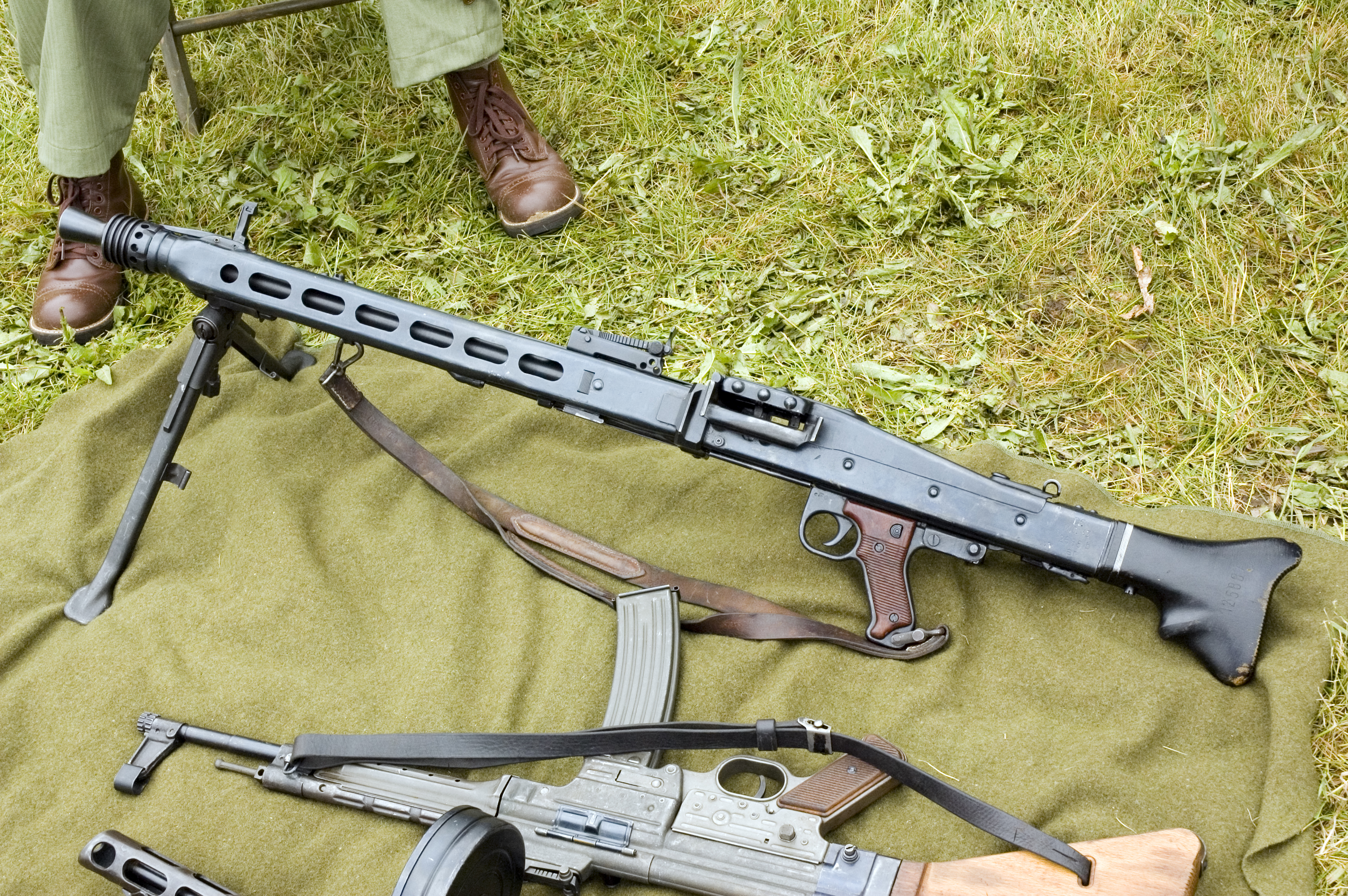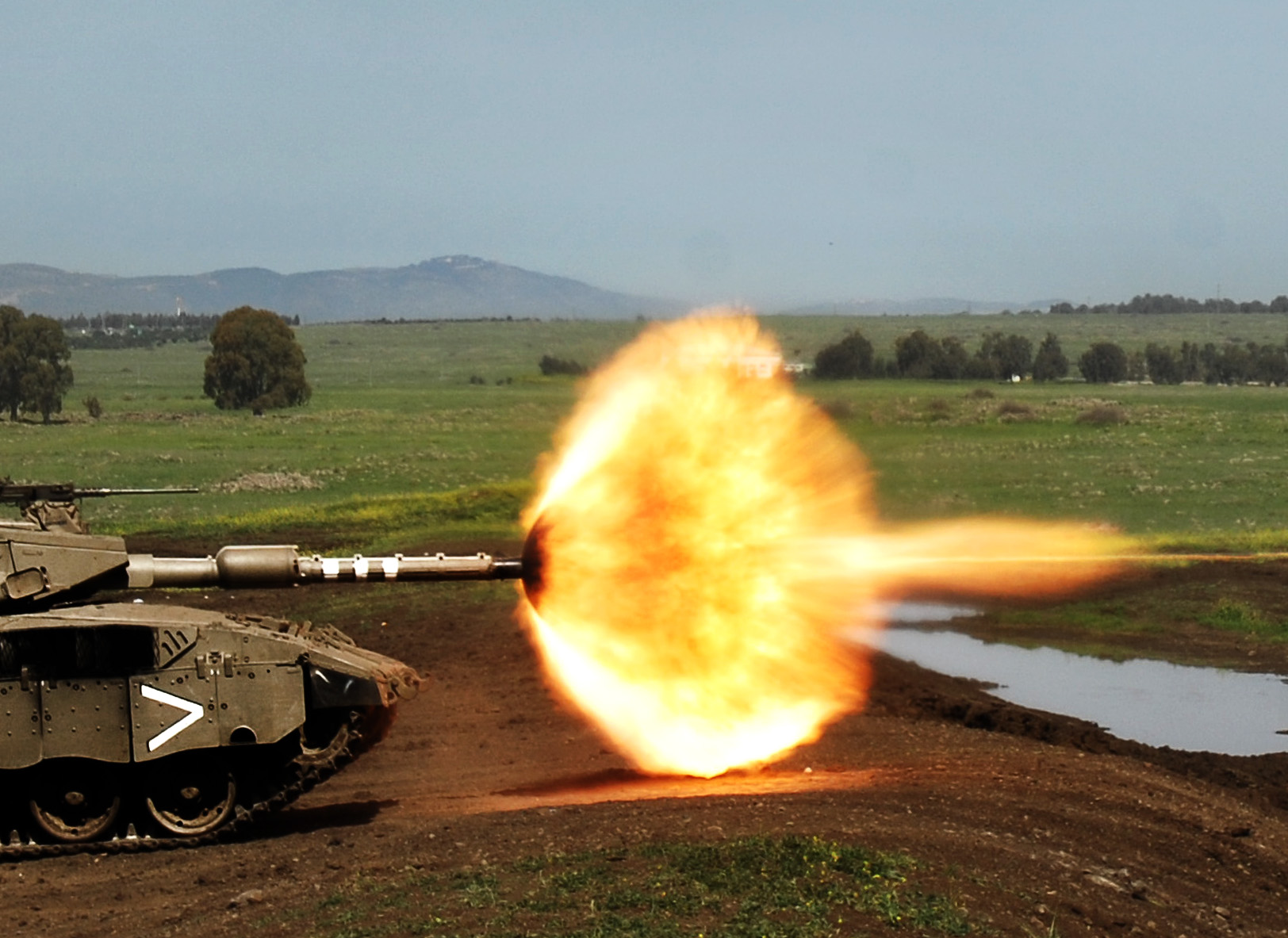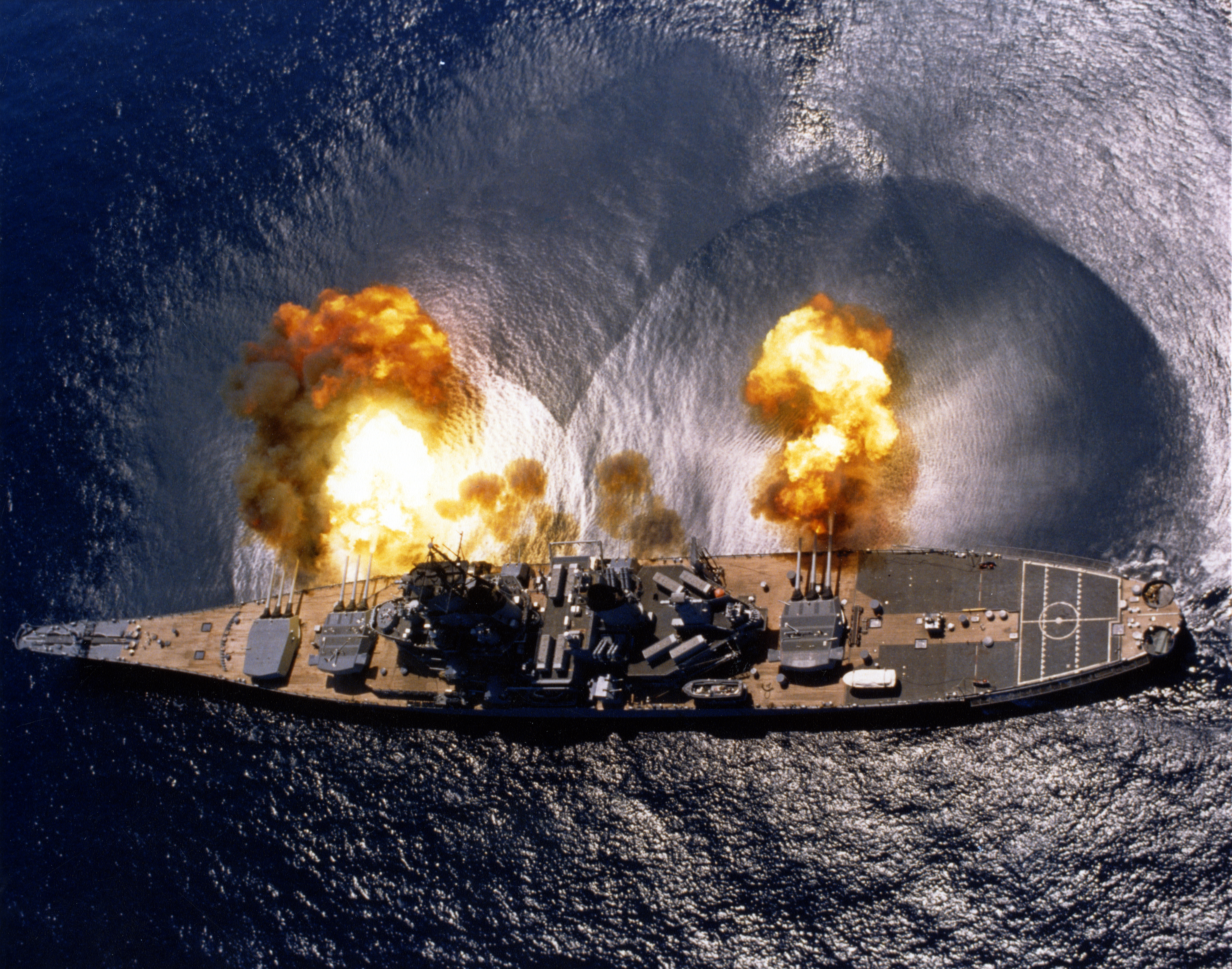|
Suppressor
A silencer, also known as a sound suppressor, suppressor, or sound moderator, is a muzzle device that reduces the acoustic intensity of the muzzle report (sound of a gunshot) and muzzle rise when a gun (firearm or air gun) is discharged, by modulating the speed and pressure of the propellant gas from the muzzle and hence suppressing the muzzle blast. Like other muzzle devices, a silencer can be a detachable accessory mounted to the muzzle, or an integral part of the barrel. A typical silencer is a metallic (usually stainless steel or titanium) cylinder containing internal sound baffles, with a hollow bore to allow the projectile (bullet) to exit normally. During firing, the bullet flies through the bore with little hindrance, but most of the expanding gas ejecta behind it is retained through a longer and convoluted escape path created by the baffles, prolonging the release time. This slows down the gas and dissipates its kinetic energy into a larger surface area, reducing ... [...More Info...] [...Related Items...] OR: [Wikipedia] [Google] [Baidu] |
Gunshot
A gunshot is a single discharge of a gun, typically a man-portable firearm, producing a visible flash, a powerful and loud shockwave and often chemical gunshot residue. The term can also refer to a ballistic wound caused by such a discharge. Multiple discharges of one or more firearms are referred to as gunfire. The word can connote either the sound of a gun firing, the projectiles that were fired, or both. For example, the statement "gunfire came from the next street" could either mean the sound of discharge, or it could mean the bullets that were discharged. It is better to be a bit more specific while writing however. "The sound of gunfire" or "we came under gunfire" would be more descriptive and prevent confusion. In the latter phrase, in particular, "fire" is used more (i.e. "under fire"), as both words hold the same general meaning within the proper context. Gunfire characteristics There are three primary attributes that characterize gunfire and hence enable t ... [...More Info...] [...Related Items...] OR: [Wikipedia] [Google] [Baidu] |
Flash Suppressor
A flash suppressor, also known as a flash guard, flash eliminator, flash hider, or flash cone, is a muzzle device attached to the muzzle of a rifle that reduces its visible signature while firing by cooling or dispersing the burning gases that exit the muzzle, a phenomenon typical of carbine-length weapons. Its primary intent is to reduce the chances that the shooter will be blinded in low-light shooting conditions. Contrary to popular belief, it is only a minor secondary benefit if a flash suppressor reduces the intensity of the flash visible to the enemy. A flash suppressor is different from a muzzle brake, although they are typically mounted in the same position and sometimes confused with each other. While the former is intended to reduce visible flash, a muzzle brake is designed to reduce recoil inherent to large cartridges and typically does not reduce visible flash. Rationale Pre-20th century rifle designs tended to have longer barrels than modern rifles. A beneficial ... [...More Info...] [...Related Items...] OR: [Wikipedia] [Google] [Baidu] |
Muzzle Shroud
A muzzle shroud, linear compensator, blast shield, forward blast diverter or concussion reduction device (CRD) is a sleeve (either circular or otherwise) that attaches to and extends beyond the muzzle of a firearm in order to redirect some of the noise and concussion, or shock wave, from the muzzle blast forward and away from the shooter, and other bystanders, behind and to the sides. A muzzle shroud is similar to a barrel shroud with the difference being that it only surrounds the far end of the barrel ( muzzle). It can be a muzzle extension or muzzle device, and can also be considered a flash suppressor without circumferential openings. A muzzle shroud differs from a silencer (sound suppressor) in that its primary function is not to suppress the sound, but merely redirect it so to increase the comfort of the shooter, reducing the concussion to a comfortable level. Linear compensators are also a form of muzzle shrouds. While most muzzle brakes redirect the gases to the s ... [...More Info...] [...Related Items...] OR: [Wikipedia] [Google] [Baidu] |
Muzzle Flash
Muzzle flash is the light — both visible and infrared — created by a muzzle blast, which is caused by the sudden release and expansion of high-temperature, high-pressure gases from the muzzle of a firearm during shooting. Both the blast and flash are products of the exothermic combustion of the propellant ( gunpowder), and any remaining unburned powders reacting with ambient air. The size and shape of the muzzle flash is dependent on the combustion energy of propellant being used, the amount of combustible ejecta remaining, and any devices attached to the muzzle (such as a flash hider, suppressor or muzzle shroud). Characteristics Muzzle flash can be broken down into five distinct components. *The ''muzzle glow'' is a reddish glow that is visible before the bullet leaves the barrel. It glow is created by superheated gases that have leaked past the projectile and have exited the barrel ahead of it. *The ''primary flash'' is caused by superheated propellant gas ... [...More Info...] [...Related Items...] OR: [Wikipedia] [Google] [Baidu] |
Muzzle Blast
A muzzle blast is an explosive shockwave created at the muzzle of a firearm during shooting. Before a projectile leaves the gun barrel, it obturates the bore and "plugs up" the pressurized gaseous products of the propellant combustion behind it, essentially containing the gases within a closed system as a neutral element in the overall momentum of the system's physics. However, when the projectile exits the barrel, this functional seal is removed and the highly energetic bore gases are suddenly free to exit the muzzle and rapidly expand in the form of a supersonic shockwave (which can be often fast enough to momentarily overtake the projectile and affect its flight dynamics), thus creating the muzzle blast. The muzzle blast is often broken down into two components: an auditory component and a non-auditory component. The auditory component is the loud "Bang!" sound of the gunshot, and is important because it can cause significant hearing loss to surrounding personnel and als ... [...More Info...] [...Related Items...] OR: [Wikipedia] [Google] [Baidu] |
GSL Suppressors
GSL may refer to: Companies and organizations * Geological Society of London, a learned society in the United Kingdom * Ghana School of Law, an educational institution for training lawyers in Ghana * '' Global Securities Lending'', a financial trade magazine for the securities lending industry * Goa Shipyard Limited, an Indian shipyard * Govan Shipbuilders Limited, a British shipbuilding company * Group Scout Leader, adult leader of a Scout group in the United Kingdom Entertainment * Game System License, a trademark license for ''Dungeons & Dragons'' * Global StarCraft II League, an e-Sport tournament * Gold Standard Laboratories, a record label * '' Kamen Rider Kabuto: God Speed Love'', 2006 movie based on the ''Kamen Rider Kabuto'' series Language * Gambian Sign Language, a national sign language used by the deaf community of Gambia * Georgian Sign Language, the national sign language of the deaf in the country of Georgia * German Sign Language, the sign language of the d ... [...More Info...] [...Related Items...] OR: [Wikipedia] [Google] [Baidu] |
Kinetic Energy
In physics, the kinetic energy of an object is the energy that it possesses due to its motion. It is defined as the work needed to accelerate a body of a given mass from rest to its stated velocity. Having gained this energy during its acceleration, the body maintains this kinetic energy unless its speed changes. The same amount of work is done by the body when decelerating from its current speed to a state of rest. Formally, a kinetic energy is any term in a system's Lagrangian which includes a derivative with respect to time. In classical mechanics, the kinetic energy of a non-rotating object of mass ''m'' traveling at a speed ''v'' is \fracmv^2. In relativistic mechanics, this is a good approximation only when ''v'' is much less than the speed of light. The standard unit of kinetic energy is the joule, while the English unit of kinetic energy is the foot-pound. History and etymology The adjective ''kinetic'' has its roots in the Greek word κίνησι� ... [...More Info...] [...Related Items...] OR: [Wikipedia] [Google] [Baidu] |
Leverage (mechanics)
A lever is a simple machine consisting of a beam or rigid rod pivoted at a fixed hinge, or '' fulcrum''. A lever is a rigid body capable of rotating on a point on itself. On the basis of the locations of fulcrum, load and effort, the lever is divided into three types. Also, leverage is mechanical advantage gained in a system. It is one of the six simple machines identified by Renaissance scientists. A lever amplifies an input force to provide a greater output force, which is said to provide leverage. The ratio of the output force to the input force is the mechanical advantage of the lever. As such, the lever is a mechanical advantage device, trading off force against movement. Etymology The word "lever" entered English around 1300 from Old French, in which the word was ''levier''. This sprang from the stem of the verb ''lever'', meaning "to raise". The verb, in turn, goes back to the Latin ''levare'', itself from the adjective ''levis'', meaning "light" (as in "not heavy") ... [...More Info...] [...Related Items...] OR: [Wikipedia] [Google] [Baidu] |
Inversely Proportional
In mathematics, two sequences of numbers, often experimental data, are proportional or directly proportional if their corresponding elements have a constant ratio, which is called the coefficient of proportionality or proportionality constant. Two sequences are inversely proportional if corresponding elements have a constant product, also called the coefficient of proportionality. This definition is commonly extended to related varying quantities, which are often called ''variables''. This meaning of ''variable'' is not the common meaning of the term in mathematics (see variable (mathematics)); these two different concepts share the same name for historical reasons. Two functions f(x) and g(x) are ''proportional'' if their ratio \frac is a constant function. If several pairs of variables share the same direct proportionality constant, the equation expressing the equality of these ratios is called a proportion, e.g., (for details see Ratio). Proportionality is closely ... [...More Info...] [...Related Items...] OR: [Wikipedia] [Google] [Baidu] |
Force
In physics, a force is an influence that can change the motion of an object. A force can cause an object with mass to change its velocity (e.g. moving from a state of rest), i.e., to accelerate. Force can also be described intuitively as a push or a pull. A force has both magnitude and direction, making it a vector quantity. It is measured in the SI unit of newton (N). Force is represented by the symbol (formerly ). The original form of Newton's second law states that the net force acting upon an object is equal to the rate at which its momentum changes with time. If the mass of the object is constant, this law implies that the acceleration of an object is directly proportional to the net force acting on the object, is in the direction of the net force, and is inversely proportional to the mass of the object. Concepts related to force include: thrust, which increases the velocity of an object; drag, which decreases the velocity of an object; and torque, which produ ... [...More Info...] [...Related Items...] OR: [Wikipedia] [Google] [Baidu] |
Thrust
Thrust is a reaction force In physics, a force is an influence that can change the motion of an object. A force can cause an object with mass to change its velocity (e.g. moving from a state of rest), i.e., to accelerate. Force can also be described intuitively as a p ... described quantitatively by Newton's third law. When a system expels or accelerates mass in one direction, the accelerated mass will cause a force of equal magnitude but opposite direction to be applied to that system. The force applied on a surface in a direction perpendicular or normal vector, normal to the surface is also called thrust. Force, and thus thrust, is measured using the International System of Units (SI) in newton (unit), newtons (symbol: N), and represents the amount needed to accelerate 1 kilogram of mass at the rate of 1 Metre per second squared, meter per second per second. In mechanical engineering, force orthogonal to the main load (such as in parallel helical gears) is referre ... [...More Info...] [...Related Items...] OR: [Wikipedia] [Google] [Baidu] |
Vector (mathematics And Physics)
In mathematics and physics, vector is a term that refers colloquially to some quantities that cannot be expressed by a single number (a scalar), or to elements of some vector spaces. Historically, vectors were introduced in geometry and physics (typically in mechanics) for quantities that have both a magnitude and a direction, such as displacements, forces and velocity. Such quantities are represented by geometric vectors in the same way as distances, masses and time are represented by real numbers. The term ''vector'' is also used, in some contexts, for tuples, which are finite sequences of numbers of a fixed length. Both geometric vectors and tuples can be added and scaled, and these vector operations led to the concept of a vector space, which is a set equipped with a vector addition and a scalar multiplication that satisfy some axioms generalizing the main properties of operations on the above sorts of vectors. A vector space formed by geometric vectors is called a ... [...More Info...] [...Related Items...] OR: [Wikipedia] [Google] [Baidu] |






